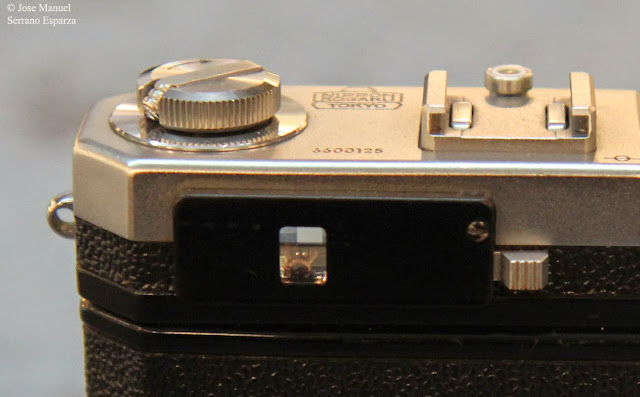November of 1967. Twenty-six years have elapsed since the premiere in New York of Casablanca, starring Ingrid Bergman, Humphrey Bogart and Paul Henreid.
The mythical Swedish actress, one of the greatest in the whole history of the cinema, has been performing the role of Deborah (Simon Harford´s mother), in Eugene O´Neill´s play More Stately Mansions at the Ahmanson Theater in Los Angeles Music Center (inaugural play held on April 12, 1967) for six months and now the production has moved to the Broadhurst Theatre at 235 W 44th, between Broadway and 8th Avenue, in Midtown West, Manhattan (the premiere performance having taken place on October 31, 1967) in the city of New York, where Ingrid Bergmann is living with her third husband the Swedish theatrical producer Lars Schmidt.
Both of them are walking across Madison Avenue holding their hands.
Lisl Steiner, an experienced photojournalist working for Keystone Press Agency and Pix Agency in New York, has just seen them from a distance of around ten meters.
She decides to approach them as much as possible striving after not being detected.
Ingrid Bergman and Lars Schmidt keep on advancing and have just crossed under the awning of the Publick House restaurant.
Adrenaline rushes. Lisl, who is grabbing her camera as low as possible to foster discretion, realizes it is virtually impossible to get nearer without being seen. Both of them are already at a very short distance from her.
Suddenly, the couple slows down their stroll.
They are now beginning to pass by the shop window of Essex Arts H. & E. Engel, a plush antique, silverware, porcelain and classic furniture boutique located in this area of Manhattan.
Lars Schmidt stares at an old piece of furniture with some china jars and a sculpture with two animals made in marble, while Ingrid Bergman watches different silver objects placed on the lower area of the shop window.
© Lisl Steiner
It is just now when Lisl Steiner raises very quickly her Leica M2 rangefinder configured in hyperfocal, looks through the 0.72x magnification viewfinder and shoots at 1/45 sec and f/11 going unnoticed, surprising both spouses and getting her first picture.
The timing is perfect and she captures them with their feet very near the lower border of the frame while they look through the shop window. Each one has got the left foot leaned on the ground, while the right one in movement appears tremulous and slightly out of focus because of the slow shutter speed used.
The photojournalist´s know-how, acquired sense of anticipation and the advantage of using a 35 mm format mirrorless Leica rangefinder camera featuring a crystal clear direct optical viewfinder
Lisl Steiner´s Leica M2 eyepiece of the 0.72x magnification viewfinder integrated with the rangefinder featuring an effective base length of 49.32 mm. 47 years later.
Windows of the rangefinder, luminous frame-lines for 35, 50 and 90 mm lenses and viewfinder. 47 years later.
enabling to see exactly what is happening while pressing the shutter release button at the moment in which the image is imprinted on the b & w emulsion (unlike a reflex camera in which the sight is lost when the mirror´s up) and composing in a geometrical way, along with the exceedingly silent noise brought about by the mechanical shutter of the M2 and its amazingly short 12 ms shutter lag, have just proved to be instrumental
to hold sway over the control of the moment and make this photograph.
Just an instant later, Lars Schmidt and Ingrid Bergman stop to behold the various items of the shop window more calmly and in greater detail.
In spite of the huge proximity, the photographer (who has modified her position with respect to the previous picture, shifting to the left around 2 meters and stepping back roughly 1 meter and is now behind the large glass of the shop window which makes up the corner with the adjacent one through which Lars Schmidt and Ingrid Bergman are peering) remains being undiscovered, since the couple is deeply engrossed gazing at the shop window.
Lisl is now almost at point blank range, at a distance of approximately 2.5 meters, with an even greater risk than before of being seen. And if that happens, a possible second picture wouldn´t be worth.
But she knows that perhaps she will be able to make them a further photograph before they walk past the corner, endures the pressure and once again waits for the suitable moment, which arrives when Lars Schmidt points out with his finger to Ingrid Bergmann an object that has caught his eye.
© Lisl Steiner
Lisl shoots once more at identical shutter speed and diaphragm and gets her second picture.
© Text and Indicated Photos: José Manuel Serrano Esparza



































